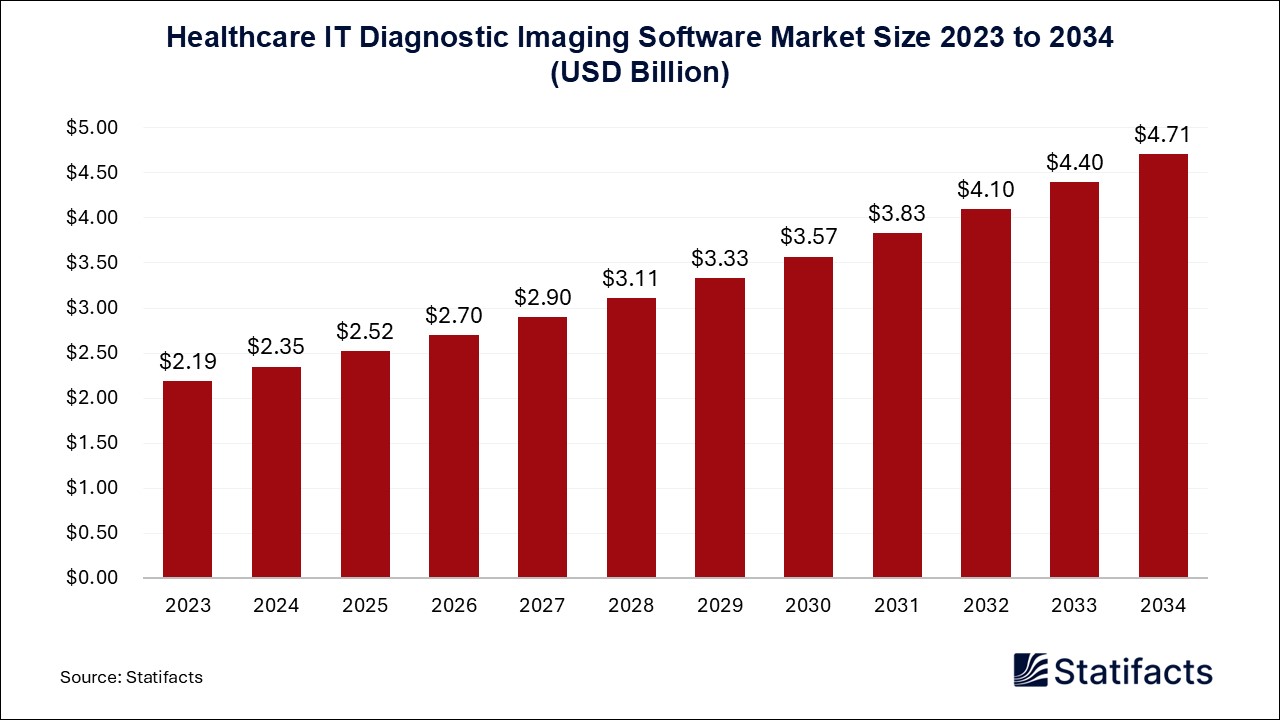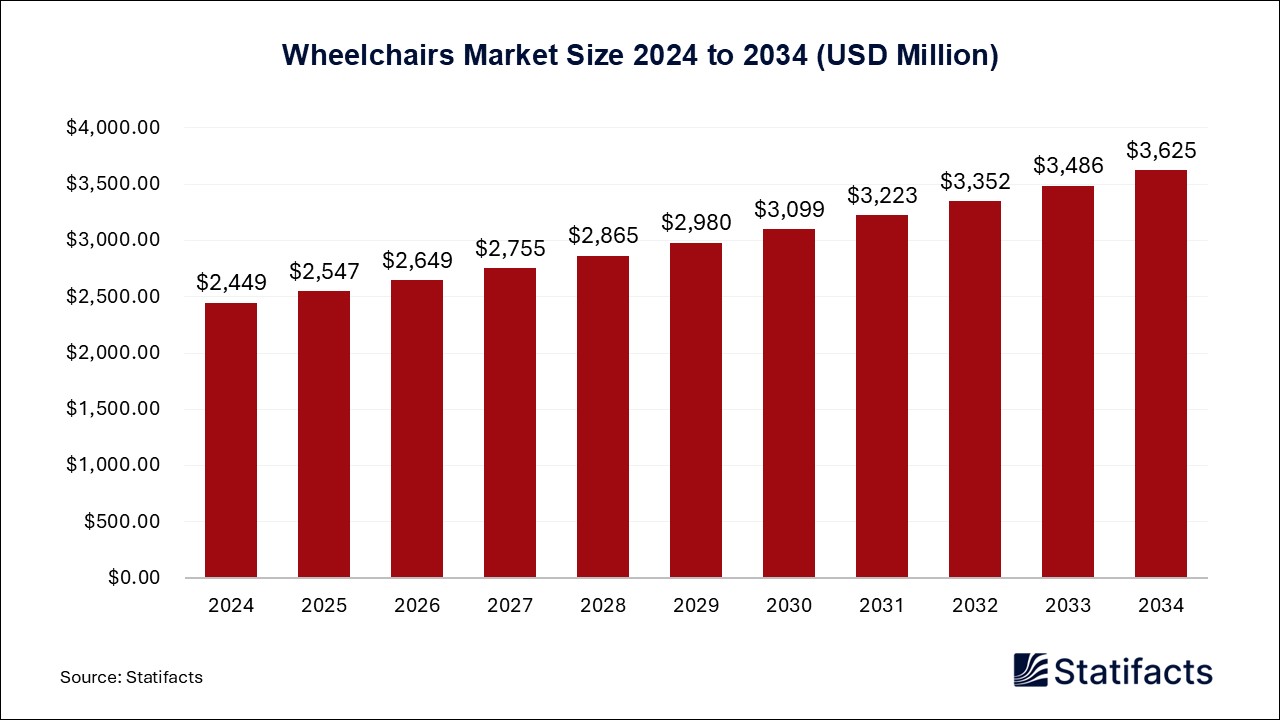Last Updated: 18 Jun 2025
Source: Statifacts
By clicking “Accept All Cookies” you agree to the storing of cookies on your device to enhance site navigation, analyze site usage, and assist in our marketing efforts.
Privacy PolicyThe U.S. recycled carbon fiber market size was evaluated at USD 83.84 million in 2024 and is expected to grow around USD 434.13 million by 2034, registering a CAGR of 17.87% from 2025 to 2034.
| Industry Worth | Details |
| Market Size in 2025 | USD 101.04 Million |
| Market Size by 2034 | USD 434.13 Million |
| Market Growth Rate from 2025 to 2034 | CAGR of 17.87% |
The U.S. recycled carbon fiber market is a promising industry specializing in the manufacture and distribution of regenerated carbon fibers from post-industrial and post-consumer carbon composite artifacts. They retain their properties such as high tensile strength, lightweight, thermal and chemical resistance, and very efficient electrical conductivity. Therefore, these fibers are gaining favor in cost and environmentally friendly applications every day in automotive, aerospace, energy, marine, and sporting goods industries. The material, hence, provides alternative solutions to dealing with carbon fiber industrial wastes. Further improvements in the recycling processes have increased the quality and consistency of recycled fiber for use in high-performance applications. In civil engineering, the addition of recycled carbon fiber to cement and concrete composites is a great driving force in the growth of material properties, including tensile strength, impact resistance, and workability.
The market trends in the U.S. recycled carbon fiber market are defined by cost-effectiveness, advancements in recycling technologies, and growth in specific recycling processes.
The growth of the U.S. recycled carbon fiber market is restrained by factors such as a lack of awareness and promotion, skill, and high competition in the market.
The opportunities in the U.S. recycled carbon fiber market are associated with a wide range of applications in different sectors like transportation, aerospace, and consumer goods.
Published by Saurabh Bidwai
Last Updated: 18 Jun 2025
Source: Statifacts
Last Updated: 18 Jun 2025
Source: Statifacts
| Subsegment | 2024 | 2025 | 2026 | 2027 | 2028 | 2029 | 2030 | 2031 | 2032 | 2033 | 2034 |
|---|---|---|---|---|---|---|---|---|---|---|---|
| Composites | 46.08 | 54.88 | 65.38 | 77.43 | 91.17 | 106.73 | 124.12 | 143.54 | 164.84 | 187.99 | 209.91 |
| Non-Woven Fabrics | 17.10 | 20.90 | 25.57 | 31.11 | 37.64 | 45.30 | 54.17 | 64.45 | 76.17 | 89.45 | 101.69 |
| 3D Printing Materials | 5.36 | 6.60 | 8.14 | 9.98 | 12.16 | 14.75 | 17.78 | 21.32 | 25.39 | 30.05 | 34.32 |
| Molded Parts | 10.38 | 12.68 | 15.51 | 18.86 | 22.80 | 27.43 | 32.78 | 38.98 | 46.05 | 54.05 | 61.43 |
| Others (Cement & Concrete Reinforcement, etc.) | 4.93 | 5.97 | 7.23 | 8.72 | 10.45 | 12.46 | 14.76 | 17.39 | 20.37 | 23.69 | 26.78 |
Last Updated: 18 Jun 2025
Source: Statifacts
Public Domain Sources
| Subsegment | 2024 | 2025 | 2026 | 2027 | 2028 | 2029 | 2030 | 2031 | 2032 | 2033 | 2034 |
|---|---|---|---|---|---|---|---|---|---|---|---|
| Composites | 46.08 | 54.88 | 65.38 | 77.43 | 91.17 | 106.73 | 124.12 | 143.54 | 164.84 | 187.99 | 209.91 |
| Non-Woven Fabrics | 17.10 | 20.90 | 25.57 | 31.11 | 37.64 | 45.30 | 54.17 | 64.45 | 76.17 | 89.45 | 101.69 |
| 3D Printing Materials | 5.36 | 6.60 | 8.14 | 9.98 | 12.16 | 14.75 | 17.78 | 21.32 | 25.39 | 30.05 | 34.32 |
| Molded Parts | 10.38 | 12.68 | 15.51 | 18.86 | 22.80 | 27.43 | 32.78 | 38.98 | 46.05 | 54.05 | 61.43 |
| Others (Cement & Concrete Reinforcement, etc.) | 4.93 | 5.97 | 7.23 | 8.72 | 10.45 | 12.46 | 14.76 | 17.39 | 20.37 | 23.69 | 26.78 |
The primary forces fueling the growth of the U.S. recycled carbon fiber market include the rising emphasis on sustainability and cost optimization in manufacturing sectors. Automotive and aerospace industries are increasingly adopting recycled carbon fibers to reduce vehicle weight and enhance fuel efficiency while maintaining performance. Furthermore, technological advancements in recycling techniques—particularly mechanical and chemical recycling—have significantly improved the quality, consistency, and commercial viability of recycled fibers. The broader industrial shift toward circular economy practices and the implementation of carbon footprint reduction goals are further accelerating demand, especially among original equipment manufacturers (OEMs) seeking to align with ESG mandates.
Among the sectors poised to deliver strong growth opportunities are aerospace and defense, where recycled carbon fiber is being increasingly incorporated into secondary and non-structural components due to its weight advantages and cost-effectiveness. The wind energy sector is also emerging as a fast-growing segment, with its large-scale demand for durable and lightweight materials. The automotive sector, especially in electric and hybrid vehicle platforms, is another key adopter seeking alternatives to virgin carbon fiber for structural and non-structural parts. Additionally, sectors such as consumer electronics, sporting goods, and civil infrastructure are expanding their use of recycled carbon fiber in applications requiring strength-to-weight efficiency and environmental compliance.
Technological progress in the recycling domain is reshaping the outlook of the recycled carbon fiber market. Chemical recycling methods such as solvolysis are gaining attention due to their potential to extract fibers with minimal degradation in mechanical properties, making them suitable for more demanding applications. Additionally, automation and AI are being integrated into recycling plants to improve scrap sorting, reduce contamination, and enhance throughput. Emerging use cases such as 3D printing with recycled carbon fiber are unlocking new applications in customized components and prototyping. The development of hybrid recycling systems that combine mechanical and thermal processes is also expected to optimize recovery rates and fiber quality.
The investment outlook for the U.S. recycled carbon fiber market is highly favorable. Valued at USD 101.04 million in 2025 and projected to reach USD 434.13 million by 2034, the market is anticipated to grow at a CAGR of 17.87%, indicating a robust and accelerating demand curve. Investors can expect strong returns, particularly due to the expanding industrial application base and rising substitution of virgin carbon fiber in cost-sensitive projects. Moreover, companies that enter the market early stand to benefit from scale economies, brand recognition, and partnerships with OEMs increasingly looking to de-risk their supply chains through recycled input sourcing. Strategic alignment with ESG goals and potential tax or regulatory incentives further enhance ROI attractiveness.
Several trends are shaping the U.S. recycled carbon fiber landscape. First, there is a noticeable surge in demand for chopped carbon fiber, which dominated the product segment in 2024 due to its versatility in molding and compounding applications. Meanwhile, milled carbon fiber is registering the fastest growth rate, particularly in filler and reinforcement applications. The preference for mechanical recycling is expanding due to its lower costs and operational scalability. Across sectors, there is a visible transition from virgin to recycled carbon fiber as manufacturers balance cost and sustainability. Another emerging trend is the integration of recycled carbon fiber into civil engineering projects to enhance tensile strength and reduce the weight of concrete composites.
Despite its advantages, the recycled carbon fiber market faces several adoption challenges. One of the central issues is the performance gap between recycled and virgin carbon fiber, particularly in high-stress applications such as aerospace primary structures. Additionally, a significant proportion of potential end-users remain unaware of the technological improvements and cost benefits of using recycled fibers. Supply chain bottlenecks—especially in the consistent sourcing of high-quality scrap materials—pose another constraint. Moreover, recycled carbon fiber competes with more established alternatives such as glass fibers, which enjoy broader acceptance and lower costs in many commodity applications.
Sustainability-focused regulations and environmental, social, and governance (ESG) mandates are expected to be pivotal in shaping the future trajectory of this market. Federal and state-level policy initiatives supporting circular economy models, material recycling targets, and carbon credit systems are creating a favorable regulatory environment for recycled carbon fiber adoption. Manufacturers incorporating recycled materials into their value chains may gain preferential treatment in public contracts, enhanced access to sustainable financing, or better positioning in sustainability indexes. As corporate ESG compliance becomes non-negotiable, the use of recycled inputs such as carbon fiber is likely to transition from a competitive differentiator to a compliance necessity.
To get full access to our Market Insights, you need a Professional Account or a Business Suite.

You will receive an email from our Business Development Manager. Please be sure to check your SPAM/JUNK folder too.

You will receive an email from our Business Development Manager. Please be sure to check your SPAM/JUNK folder too.

Our customers work more efficiently and benefit from



